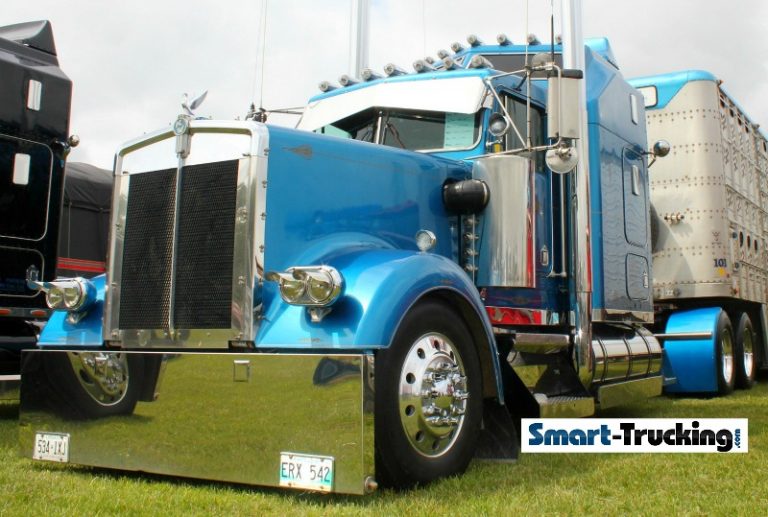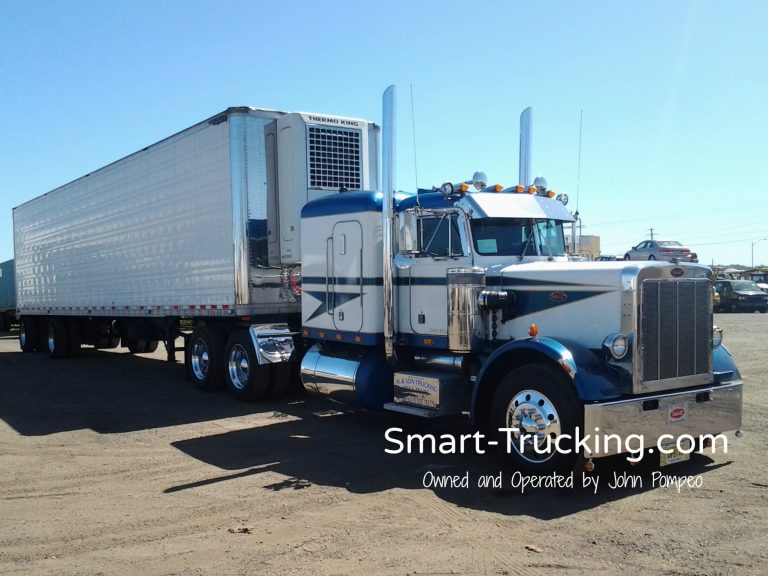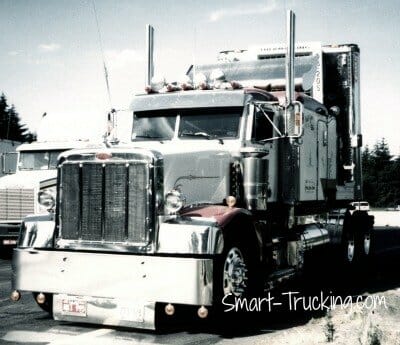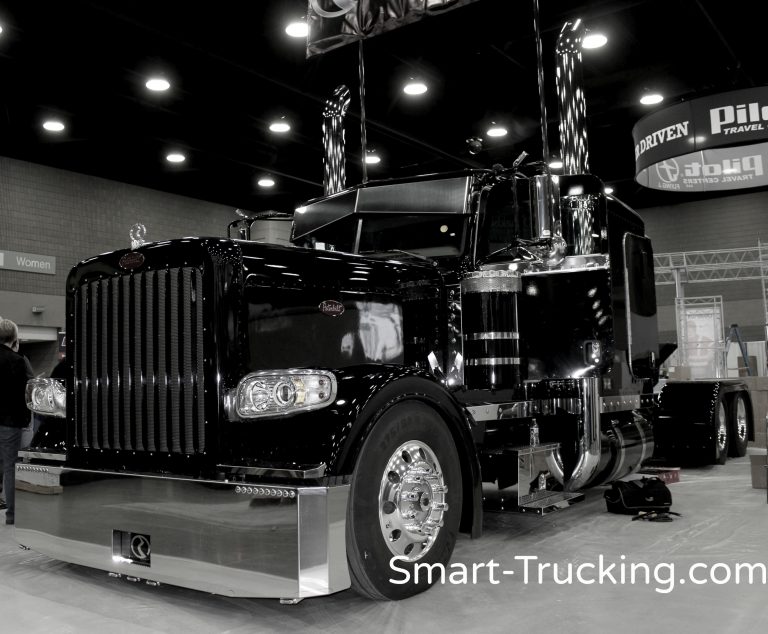Glider Kit Trucks – A Guide to What You Need to Know
In the trucking industry, glider kit trucks are wildly popular, especially among the owner operator business owners and small fleet owners.
What Are Glider Kit Trucks?
- ‘Rolling’ glider kits are essentially a brand new truck with everything included, except the engine.
- There’s a new transmission, new axles, new body, new frame, the works.
- The glider kit can then be purchased and an engine can be installed in the truck.
They typically are not warrantied as long as a new truck, but usually the warranty is for 12 months/100,000 miles.
The intention of a glider kit is to evade regulations imposed by the Clean Air Act emission standards in the USA or Green House Gas Emissions (GHG) regulations in Canada.
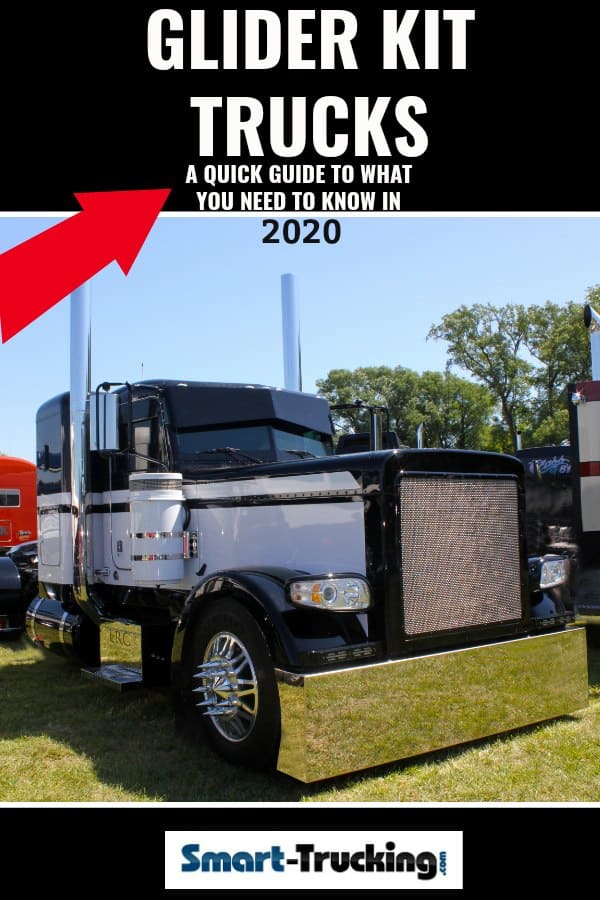
The Benefits of a Glider Kit Vs New Truck Purchase
Glider kit vs new truck
- Gliders Cost Less Than New. One advantage of glider kits is that you can get a like-new truck about 25% less than the cost of a comparable new truck. The lower cost is of great appeal to a truck owner. This is due to the fact that the engine can be rebuilt (recycled) which help to keep the truck costs down without waste.
- Improved Fuel Economy. Some glider kit companies boast better fuel mileage of up to 1 mpg better than their competitors.
- Environmentally Friendly Alternative To Buying New. Glider kits are essentially an environmentally friendly way of recycling truck engines, rather than adding to the heaps at junk yards. Truck engines are reconditioned to like new condition.
- Engine of Choice. With a glider kit, a tried and true engine can be installed by the truck owner, as opposed to a limited number of choices of new engines, many which are not yet proven to hold up and also are higher priced.There’s no DEF involved in a glider kit truck, as the engines are pre-emissions, without DEF.
Related > Why Rebuilding and Restoring an Older Semi Truck May Be the Answer
What Are Rolling Glider Kits?
Glider kits come in different packages. The traditional glider kit rear suspension, axles, transmission or the engine.
Rolling glider kits include everything for the truck except for the engine. These are the most sought after type of glider kit today.
What Truck Type Glider Kits Are Available?
There are Kenworth glider kits, Peterbilt, Freightliner (Argosy) and Western Star.
The 379 Peterbilt was a very popular glider kit.
Many bought up the 379 Pete’ and earlier models, in order that they could get this model truck with a Cat engine (which Cat soon after stopped producing.)
Related >Best Truck Engines + The Worst – A Trucker’s Guide to Getting the Right Engine
How Glider Kits Came to Be
In January of 2007, the EPA set more stringent standards for “heavy duty highway vehicles”.
This resulted in many vehicle manufacturers needing to redesign their engines.
Unfortunately, these newer vehicles hadn’t “cut their teeth” out on the road and the result was a lot of breakdowns and major malfunctions.
Statistics were released recently, revealing what those in the trucking industry already knew. The 2012 year production, Class 8 trucks, were experiencing an incidence of repair rate of almost 50%, meaning that half of all new trucks built last year had already suffered breakdowns and downtime during the first year of service.
These emission system issues can cost upwards of $20,000 to repair. If it isn’t a major malfunction, then often truckers report these vehicles nickel-and-diming them to death.
The newer trucks had an added cost of sometimes $13,000. Owner operators and small fleets could hardly afford to buy new trucks.
The majority of these breakdowns were related in some way to their new emission efficient engines and the surrounding plumbing. This came as no surprise to anyone who has been involved in trucking for any serious length of time.
The average owner operator when buying a new truck, cannot afford breakdowns or downtime in the first year of service for a brand new piece of equipment.
The financial hit from such a breakdown could be enough to put an owner operator out of business. The down payment plus the payments on a new truck, AND the downtime involved can easily sink a truck owner.
It quickly became evident that these new emissions engines were problematic.
They were getting lousy fuel mileage and they weren’t reliable.
However, they were mandated by the government.
So, truckers found a way around the regulation.
We bought rolling glider kits, basically a brand new truck with no engine in it then took an older engine, rebuilt it and dropped in in the glider kit. These older engines were grandfathered in and they worked great.
However, this is not necessarily a less expensive solution today. The cost of rebuilding an engine alone can run as high as $30,000 and a new glider kit can easily cost a six digit figure. The price of a new glider trucker can be sometimes be as much or more than a new truck, depending on the specifications.
However, the truck would be very reliable and should be reliable for many years.
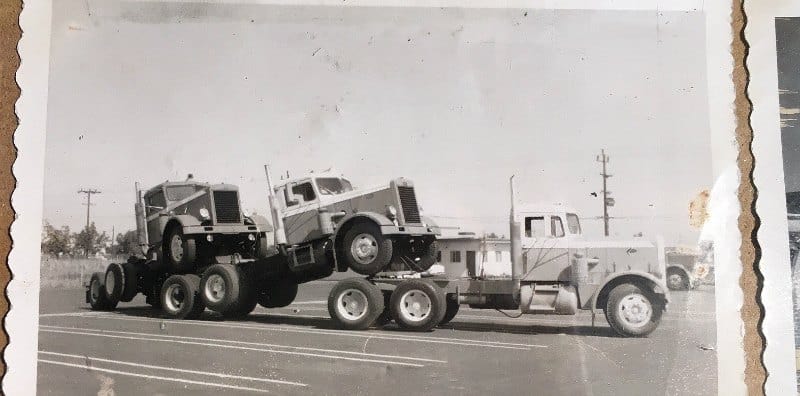
The Single Turbo Conversion
Between 2005-2007, Caterpillar produced Acert engines.
These engines were a twin turbo system, made to satisfy the California emissions requirements at the time.
This twin turbo set up was the only way a Cat truck engine could be ordered. But the engines were not successful.
In face, these engines were so troublesome, that this played a major role in Cat’s decision to bow out of making trucking engines.
2009 was the last year they manufactured highway truck engines.
The E.P.A. Stops Glider Kit Production
It wasn’t too long before the EPA began to notice the popularity of glider kits.
They realized they had created a loophole in their regulation and they decided they better plug it up.
Luckily for the trucking industry, the government moves slowly, so we had some time on our hands.
In the meantime, companies like Fitzgerald Glider Kit, a major player in glider kit manufacturing, and others became huge by mass producing these glider kits for the market for guys that needed reliable truck engines. These glider kits became a huge boost to our industry.
We were able to continue getting decent fuel mileage and have reliable equipment. It was a real bonus to us, especially for the owner operators and small fleets.
The trucks being produced by Fitzgerald and other glider companies were producing better, more reliable trucks than the factories were.
But with everything, all good things come to an end.
The EPA finally managed to figure out how to clamp down on the glider industry.
Their argument was that glider kit trucks were still creating too much pollution.
The EPA, after all, is not concerned about the operational cost of equipment or whether their mandate works in the real world or not.
The EPA is only concerned with emissions.
So, they found a way to satisfy their mandate by essentially making the sale of glider kits illegal.
The Legal Struggle Over Glider Kits Continues
So, now we’re back to trucks in 2019 with factory engines that meet 2019 regs.
They will continue to have the same problems as we’ve seen previously, such as poor fuel mileage and all sorts of breakdowns.
In their wisdom, the NHTSA in combination with the EPA had issued what they referred to as GHG, greenhouse gases, phase two, which began in 2018.
This mandate’s goal was to eliminate large glider kit factories like Fitzgerald that put older emissions-free engines in new glider kits.
The mandates original intention was to allow small business owners to continue to use glider kits but not on a mass production level. They would allow them to product around 300 kits/company/year.
The plan was that after 2021, the grandfathering clause, if you will, will be eliminated altogether and glider kits would be no more.
At least, that was the plan.
Recent legislative action taken by the EPA loosens the grip on the glider kit industry.
Essentially, they are no longer classified as “new vehicles” and the annual cap of 300 has been removed.
Does this mean that gliders will continue to be used? There’s a great deal of opposition to this change and it is likely that it will be short-lived.
But only time will tell.

Truck Glider Kit Regulations
For over a decade now, the US and the Canadian government have been working to restrict the use of glider kits on the roads.
After years of working to implement stricter emissions standards on the trucking industry, they may have successfully led to the demise of the glider kit as an alternative to purchasing unreliable, fuel-guzzling, emission-compliant engines.
This has left many truck owners very upset and for good reason. Recent changes to these regulations may open up glider kits as a solution for US drivers. However, Canadians are still stuck with the ‘new and improved’ trucks.
Fitzgerald Glider Kits played a major role in influencing the change to the EPA’s mandate.
Sponsored studies showed that the emissions from glider kits may be much lower than previously thought. This study made a major impact on the EPA’s decision to repeal the rule. (It was discovered that Fitzgerald had ‘funded’ this study).
While many support the removal of the regulation, there is still a lot of opposition even within the trucking industry.
While the concept of the glider kit may be saved in the US temporarily, it doesn’t mean they’re in the clear.
Related > Let the Truck Driver Decide, NOT the Truck Engine!
Glider Kits Situation in Canada
As part of the Heavy-duty Vehicle and Engine Greenhouse Gas Emission Regulations, glider kits are allowed in Canada so long as they meet several conditions.
- The engine has not reached the end of its useful life since it was manufactured;
- It has accumulated less than 100,000 miles;
- The engine is at least as recent as the 2010 model year and less than three years have passed since the engine’s original date of manufacture.
Glider kits are not certifiable according to the GHG regulations or Canada Motor Vehicle Safety Standards. Therefore they are not recommended as an option for Canadian truck owners.
Glider Kits MAY be a solution to American truckers, but not to Canadian truckers.

In the U.S., as an owner operator, if you wish to survive in this economy, glider kits may very well be the way to go.
In Canada, however, in a nation where its’ politicians care nothing for the small trucking business owner, the government has once again devised a system designed to defect small business.
The Canadian E.P.A. declares that emission regulations and requirements for Class 8 trucks here are based on the year of the body of the truck.
So if you have a 2013 glider kit, the engine under the hood must meet emission requirements for a 2013 engine, not emission requirements for the year of the engine’s manufacture. If the old engine can’t meet the new emissions standards, you cannot license the vehicle.
In Canada, a new glider kit with a reliable pre-emission engine is not an option to get around buying a new truck.
If you’re Canadian, be sure to thank your local MP or MPP for putting another nail in the coffin of small trucking business in Canada.
No wonder more and more Canadian owner operators are packing it in and getting out of trucking.
The Future of Emission Engines & Glider Kits
Where does that leave us?
All we can do now at this point is hope that the engineers get a whole lot better at making these emissions-friendly engines than they are now.
Maybe they’ll be able to get these bugs out and make these engines operate more freely.
I look forward to an emissions-friendly vehicle that can breathe; that won’t break down; that won’t plug up with the emissions controls and that has decent fuel mileage.
The technology is going to have to catch up to the mandate so we can afford to keep operating.
Trucking is an integral aspect of the economy. With low trucker pay and higher costs to get involved, it’s no wonder there are so many truck seats that need to be filled. If we can’t afford to keep operating, then why continue working?
The government and the truck manufacturers are going to have to get a whole lot better with these emission-friendly engines than they are now.
They’ve got a long way to go.
The court battle continues while glider kit companies continue to fill orders for these popular trucks!
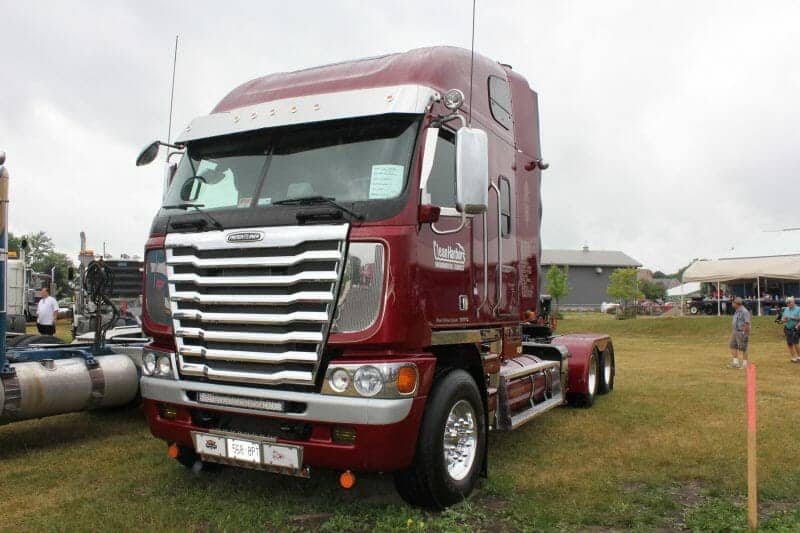
More Articles You May Like
- The Complete Big Rig Guide – The Only One You’ll Ever Need
- How to Become a Successful Owner Operator
- Sure Fire Owner Operator Tips + Advice For Profit And Success
- 10 Sure Fire Tips For Spec’ing The Right Custom Semi Truck
